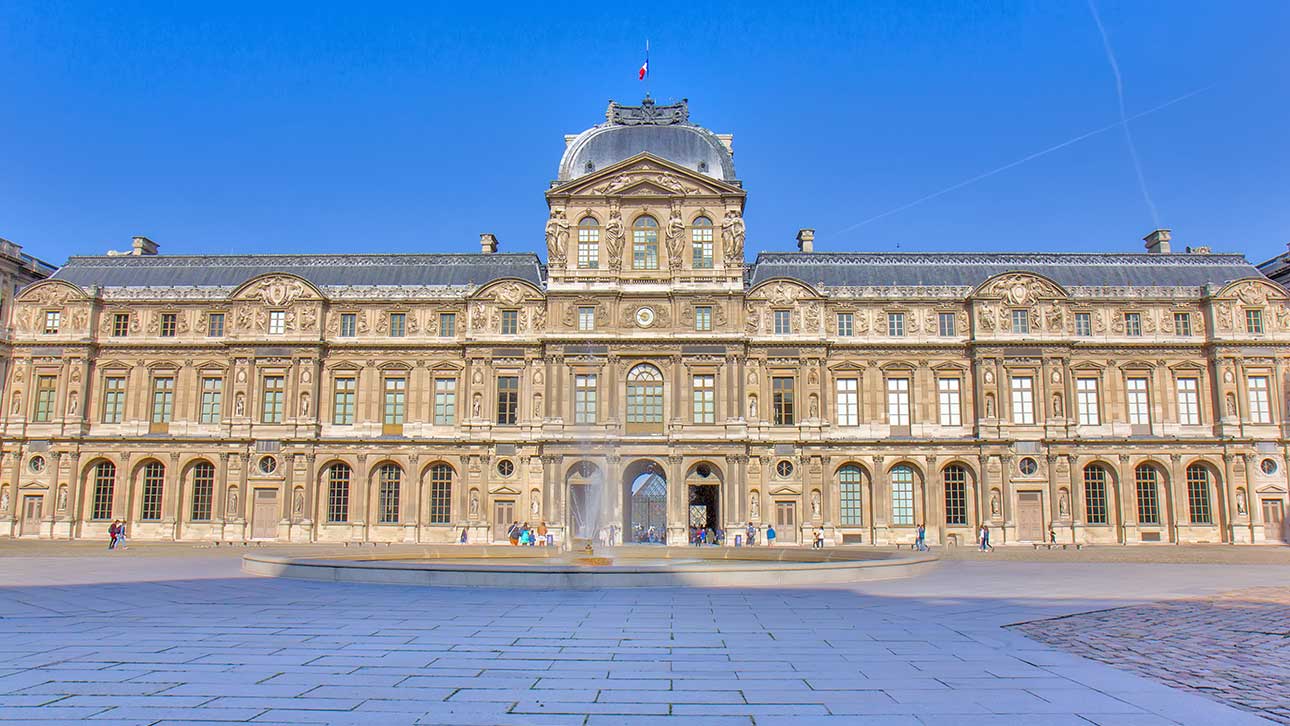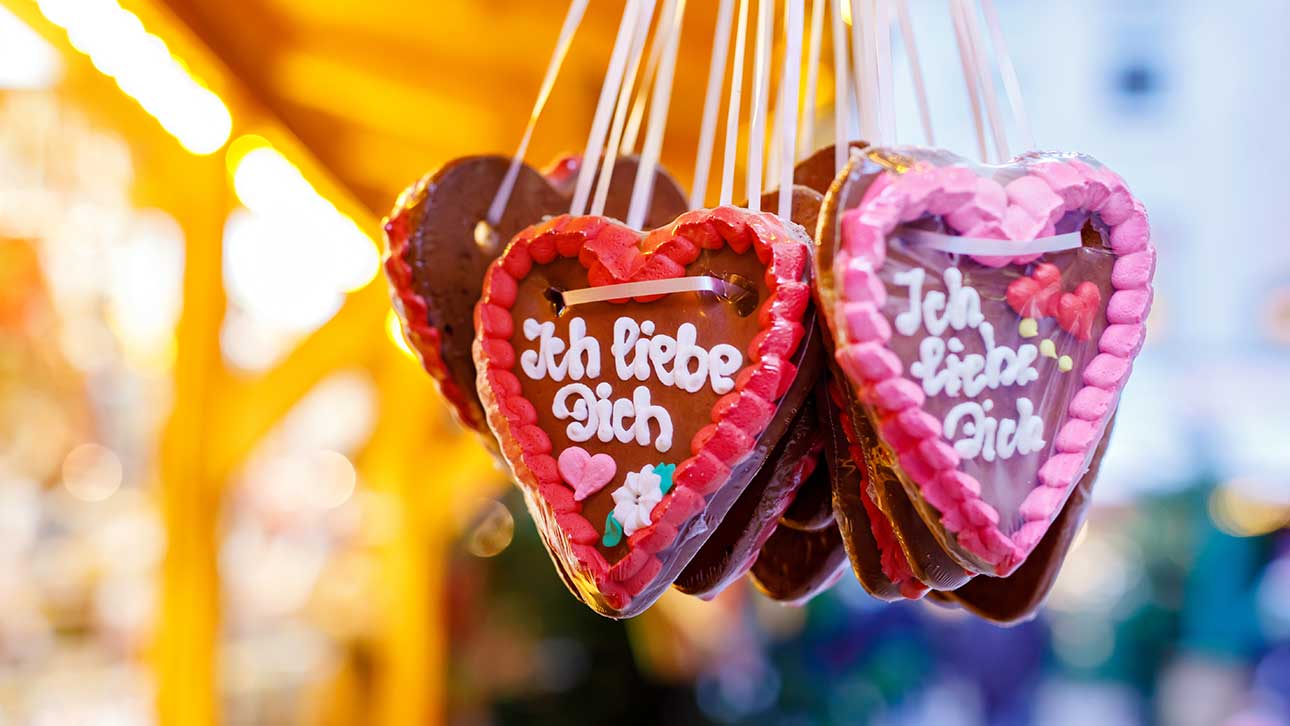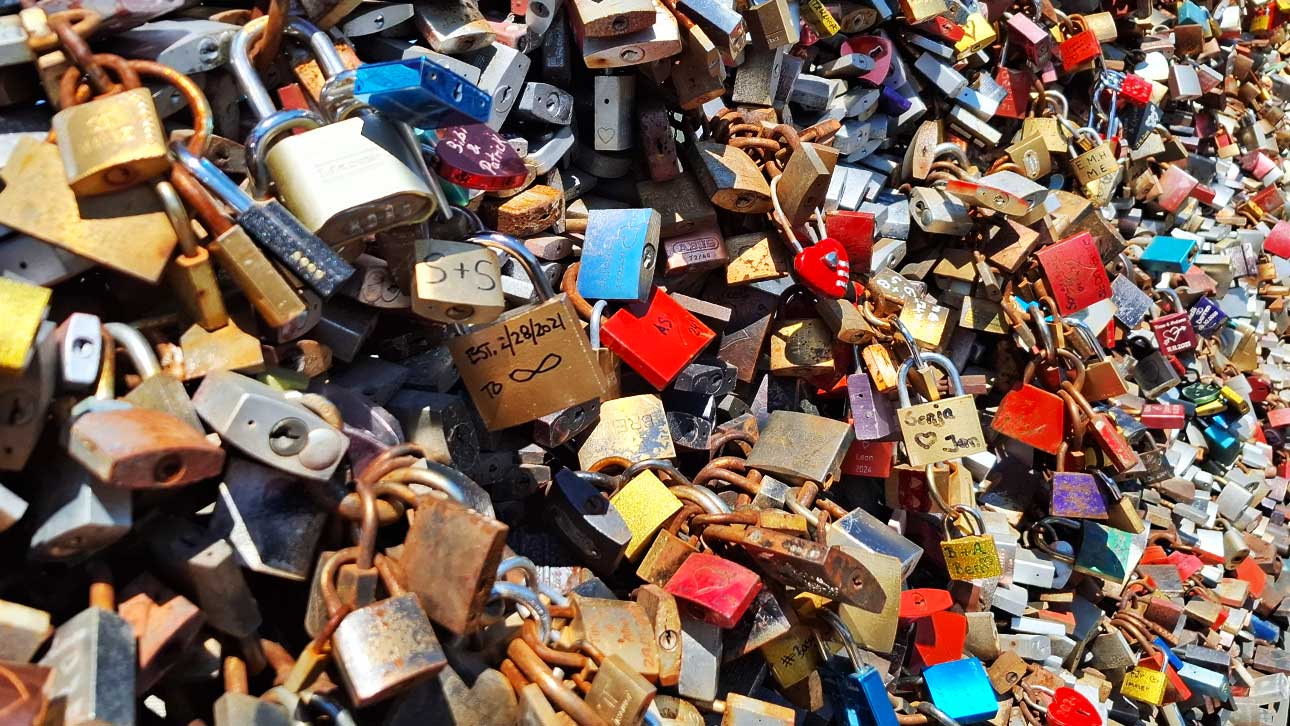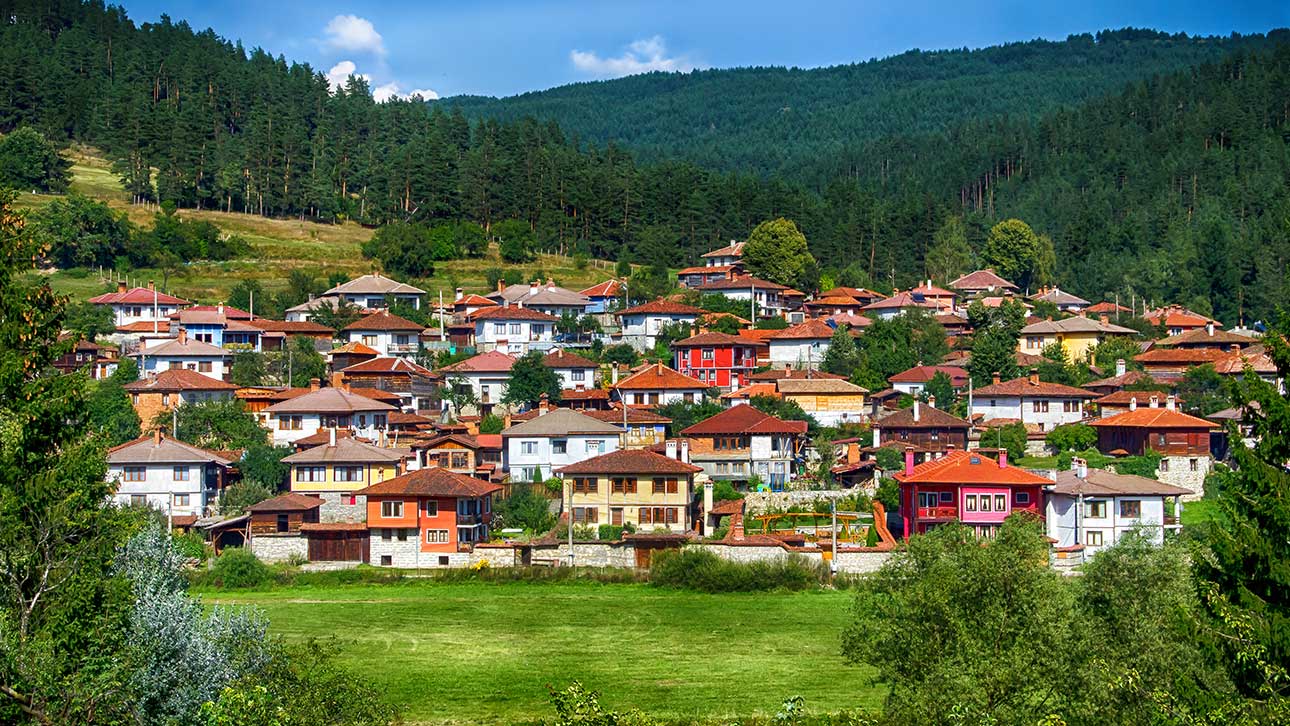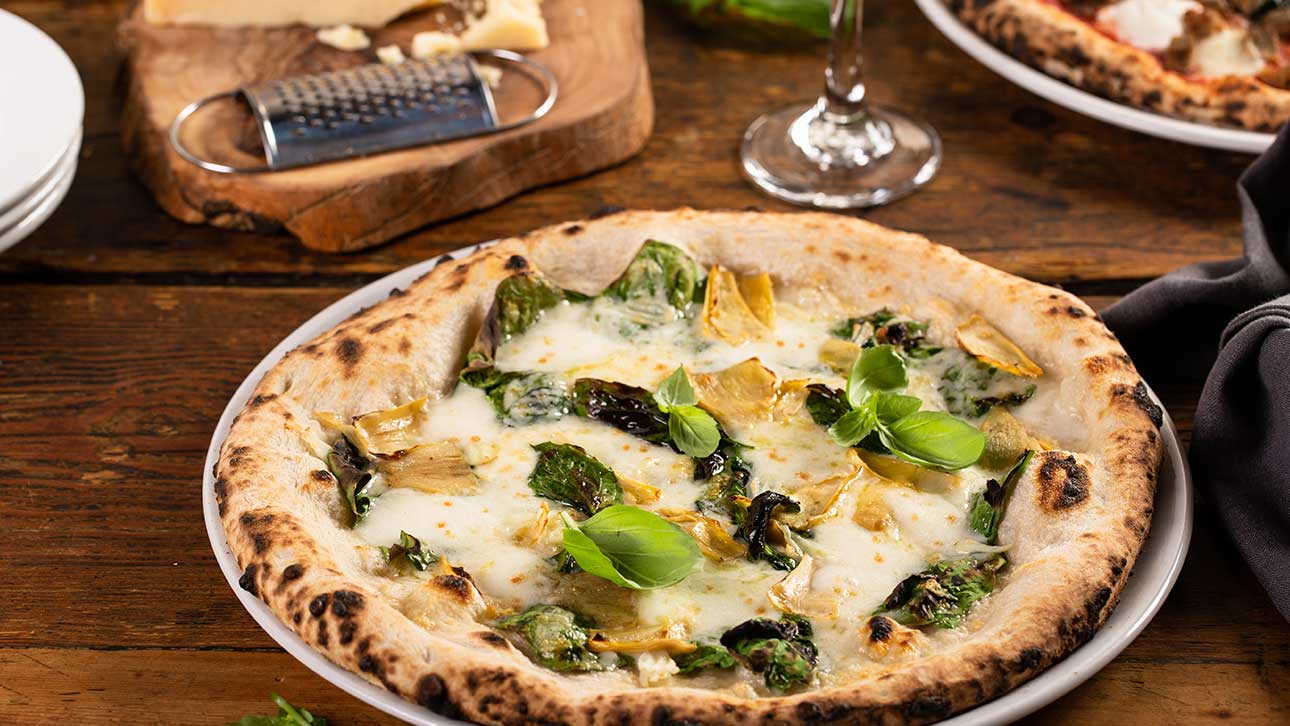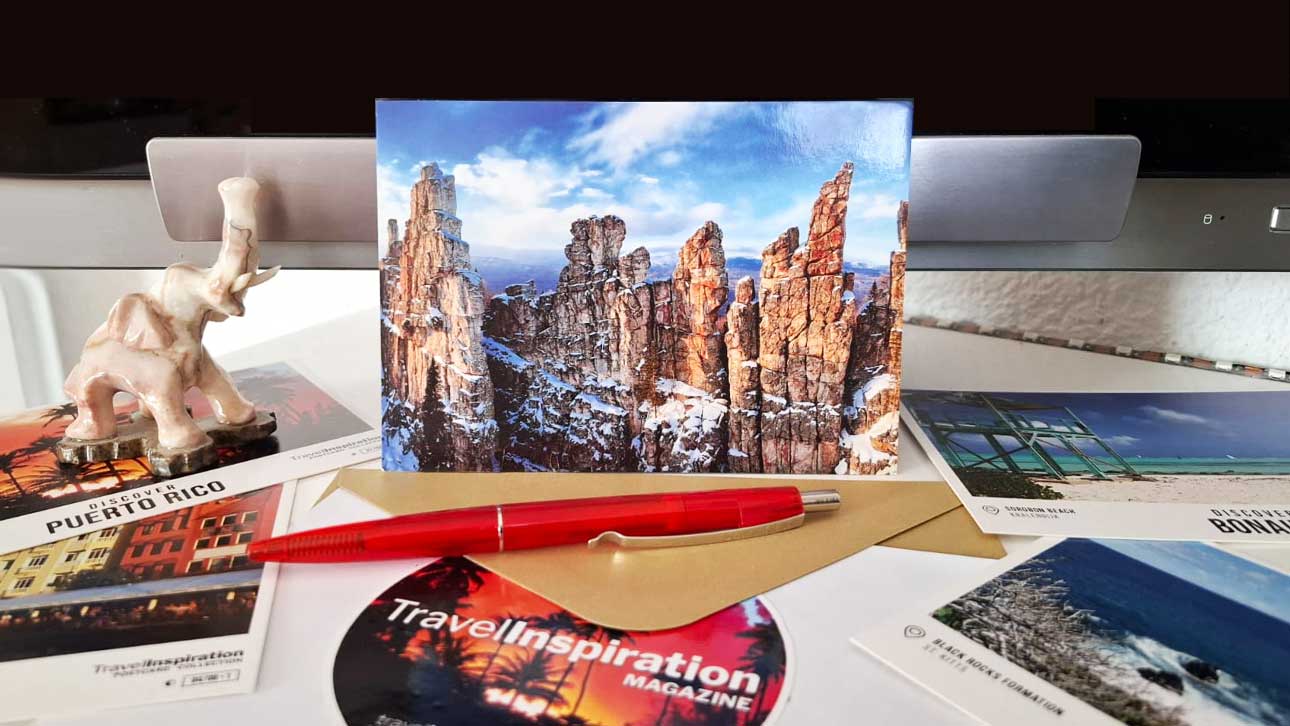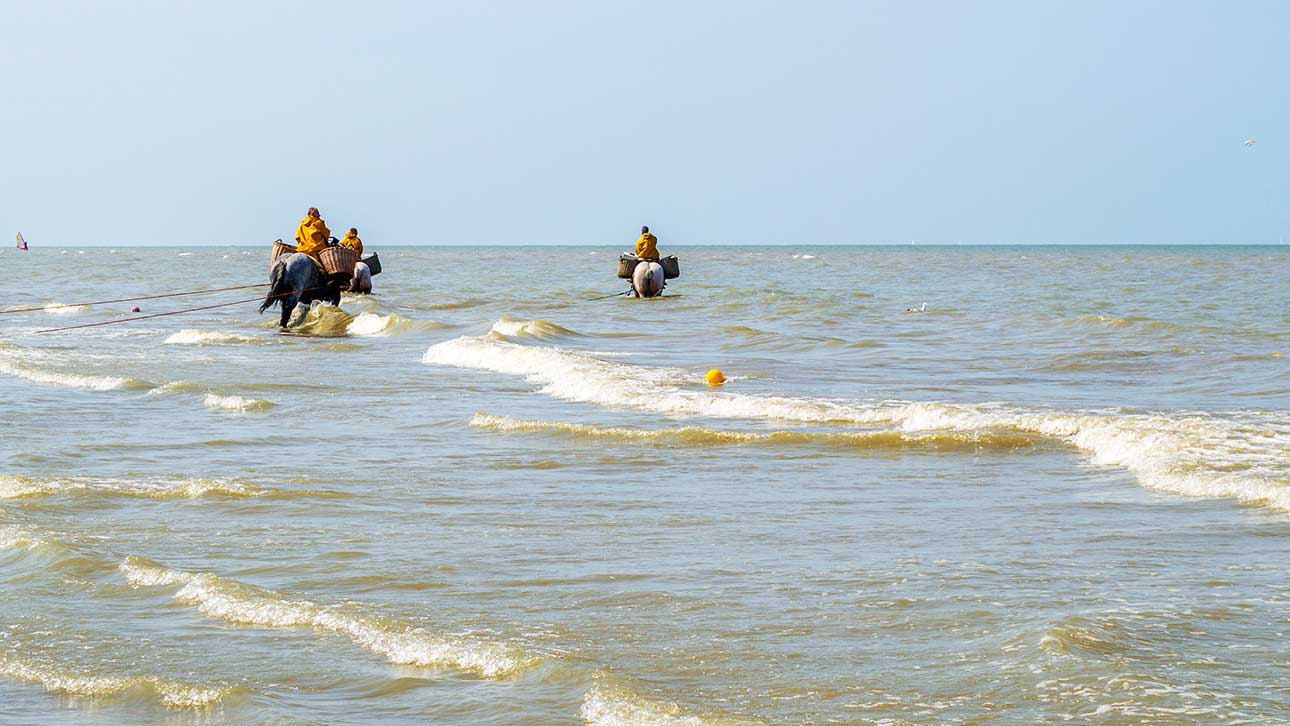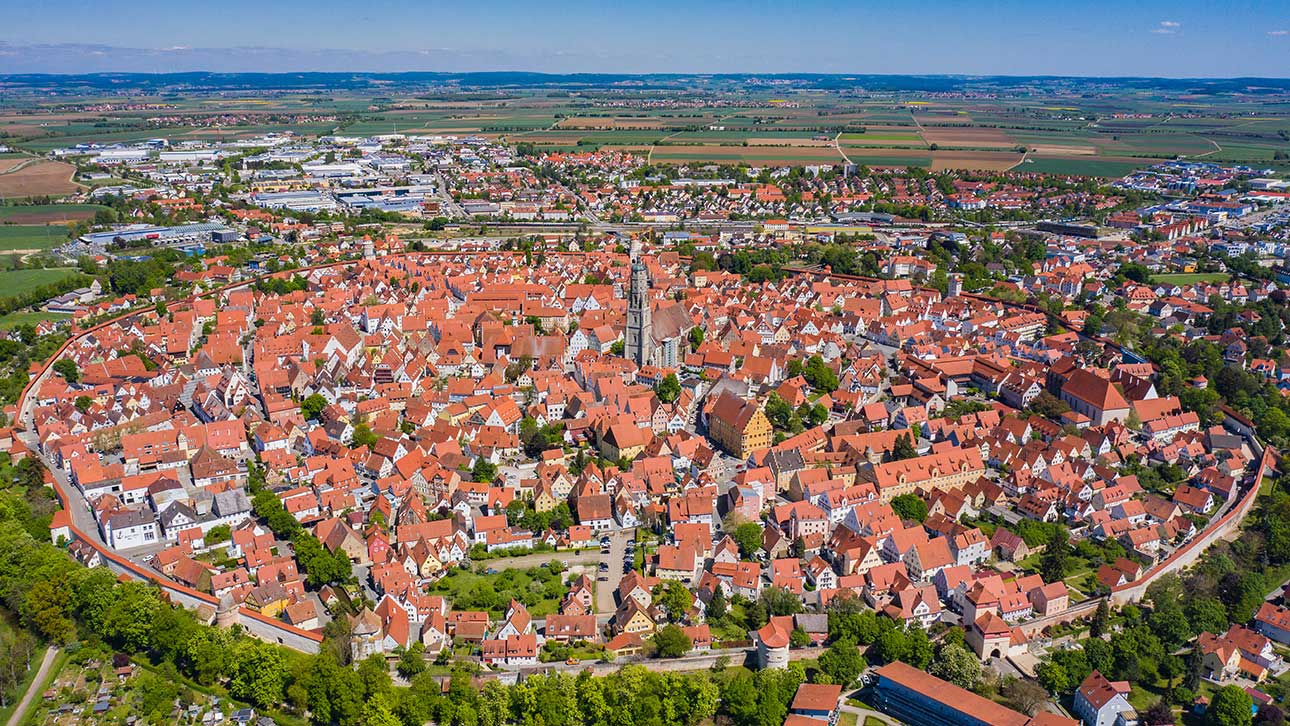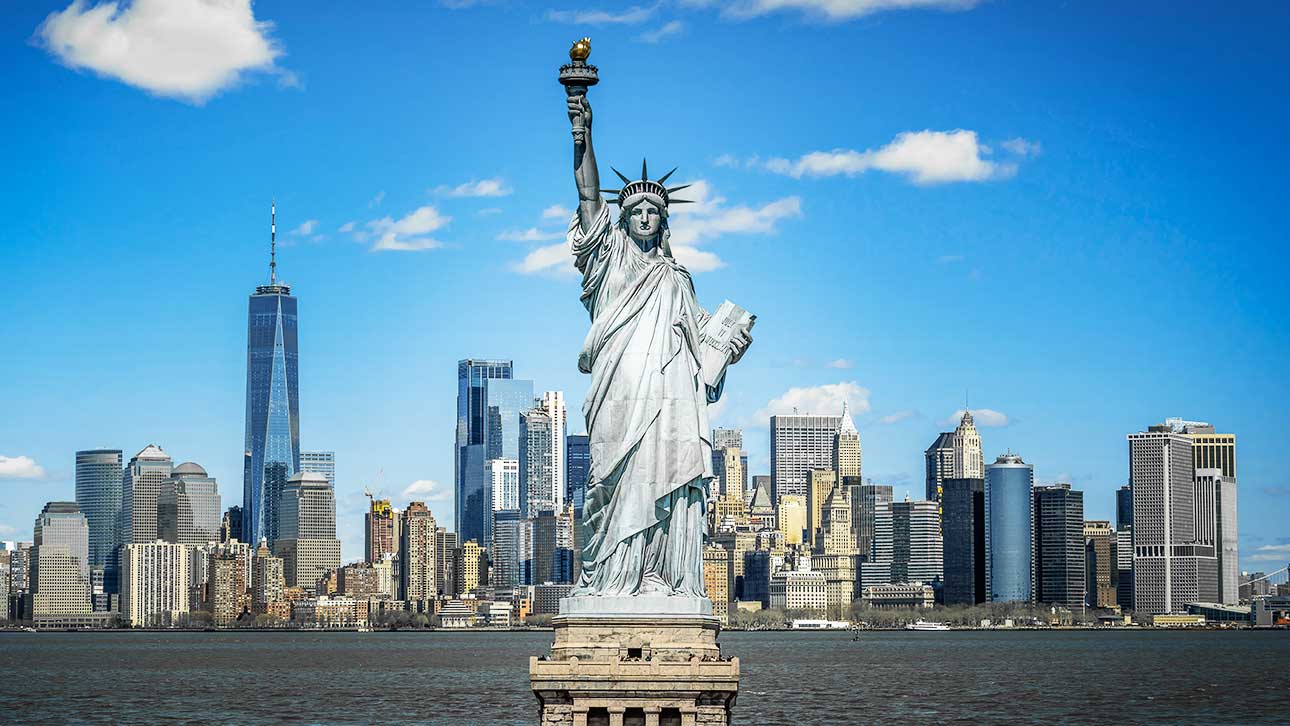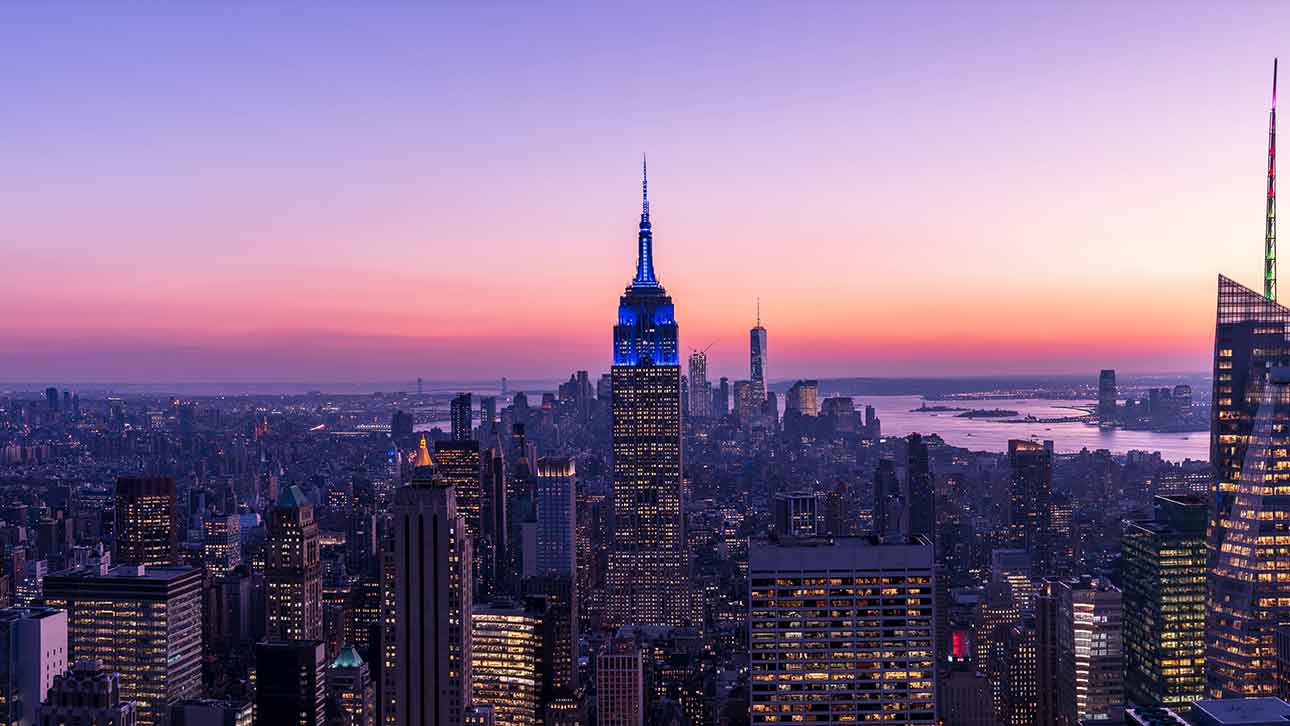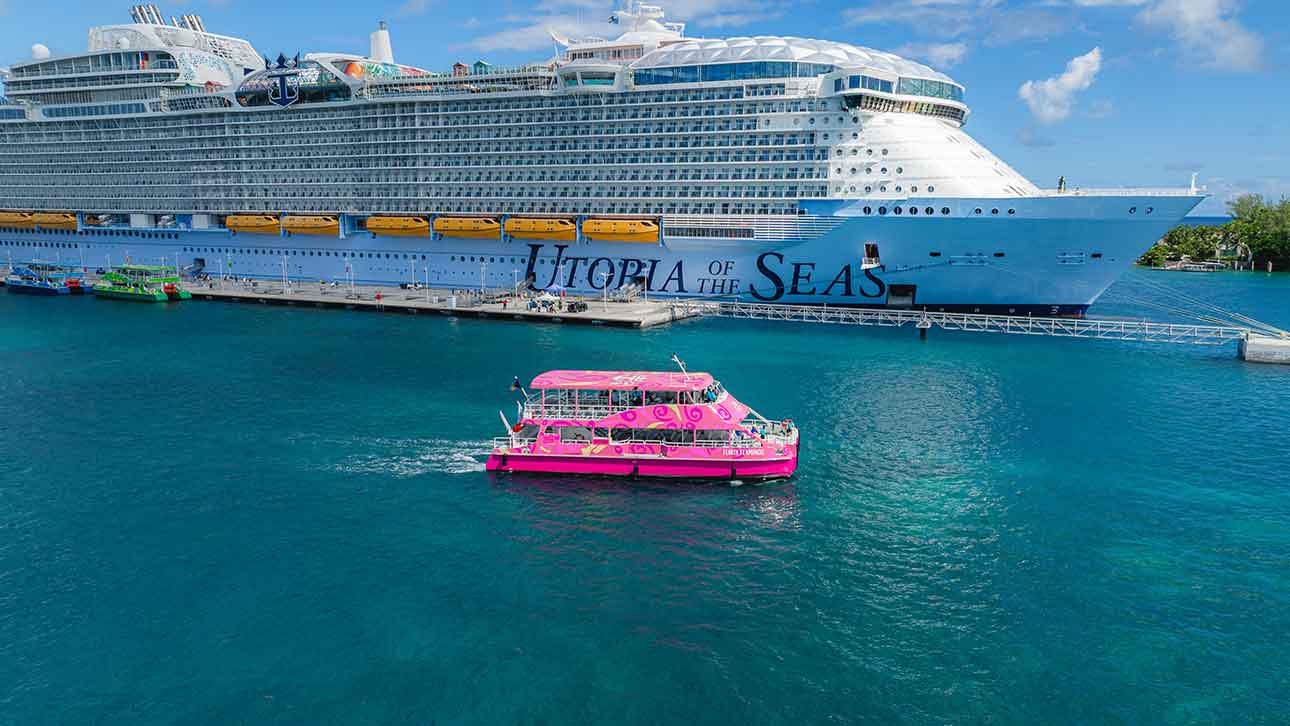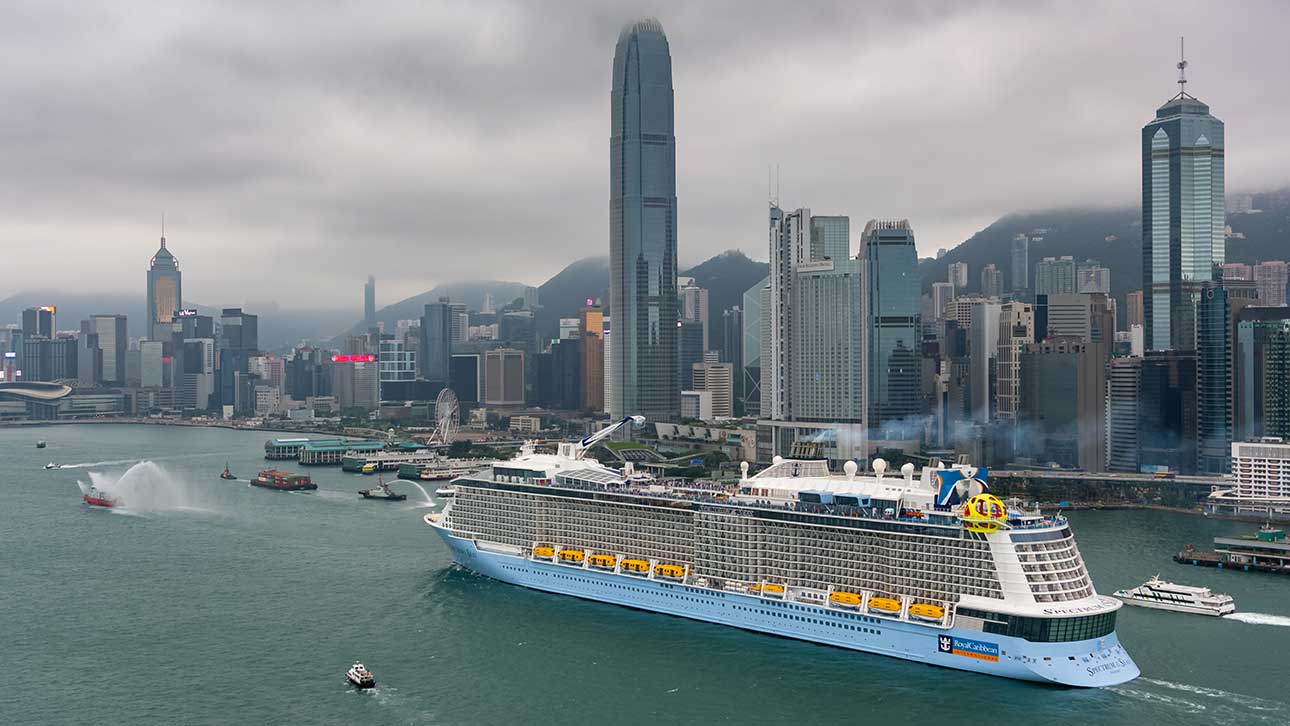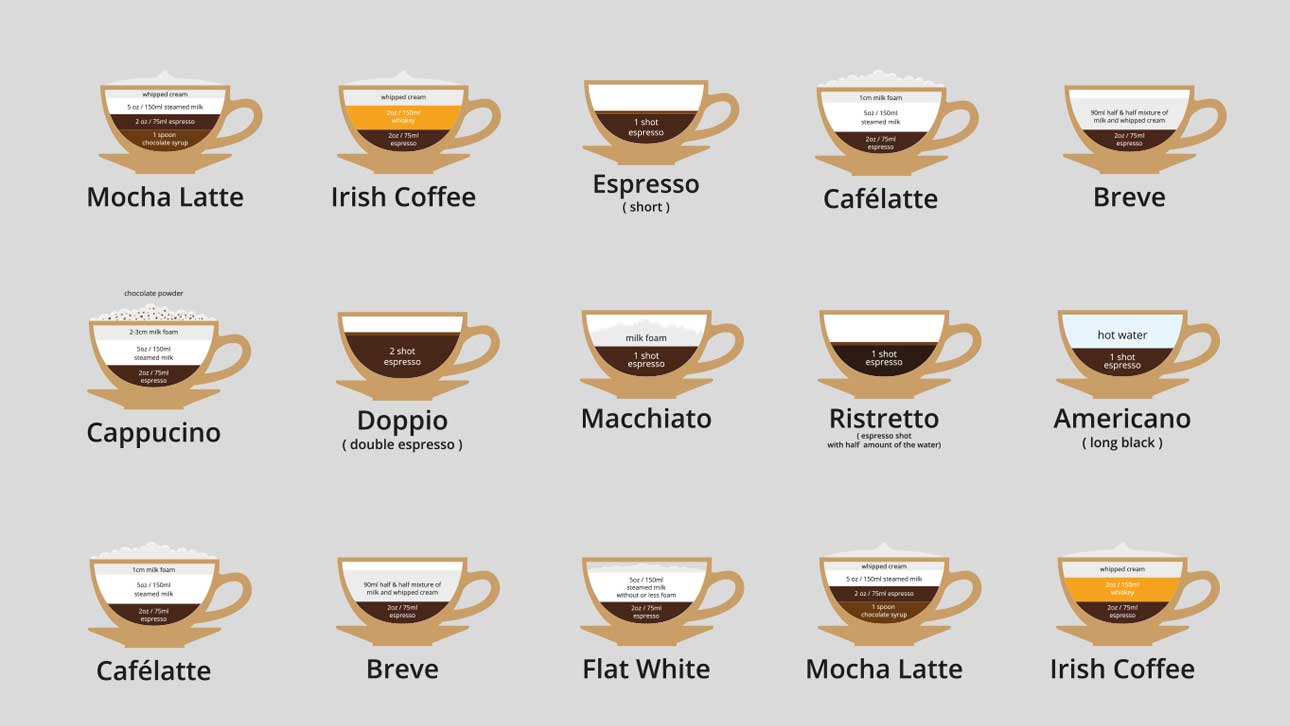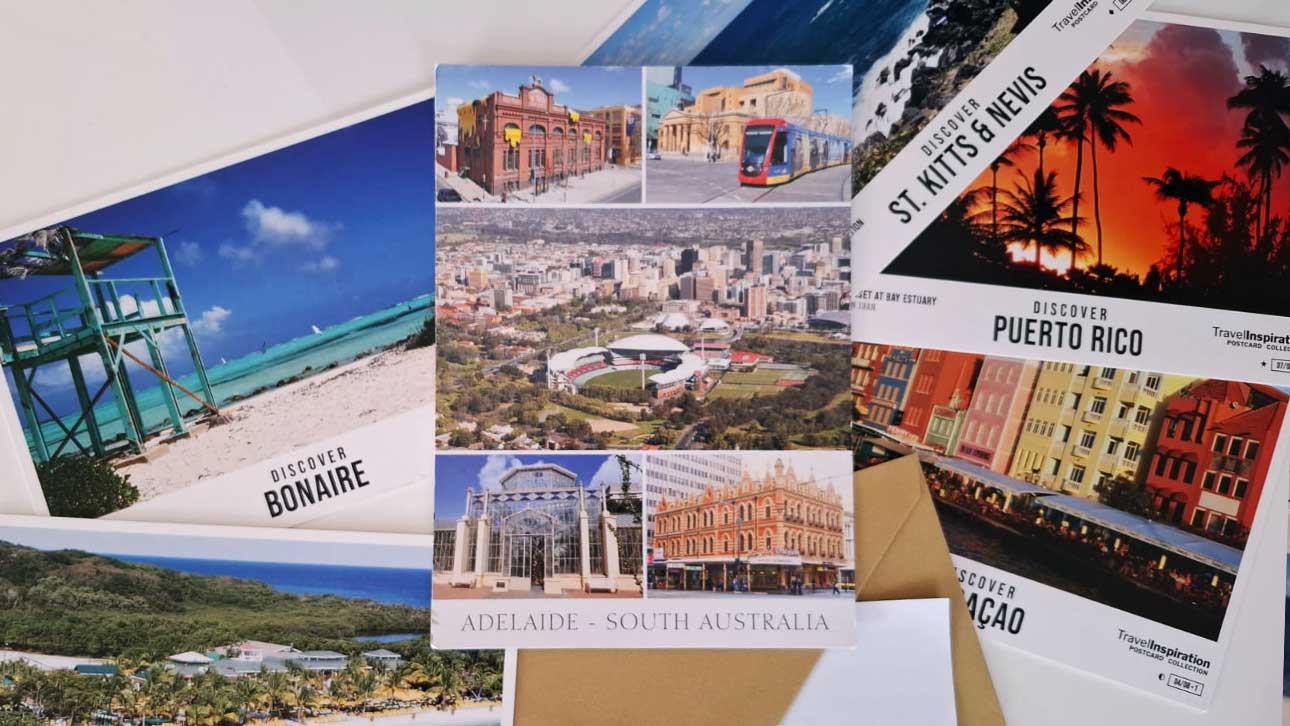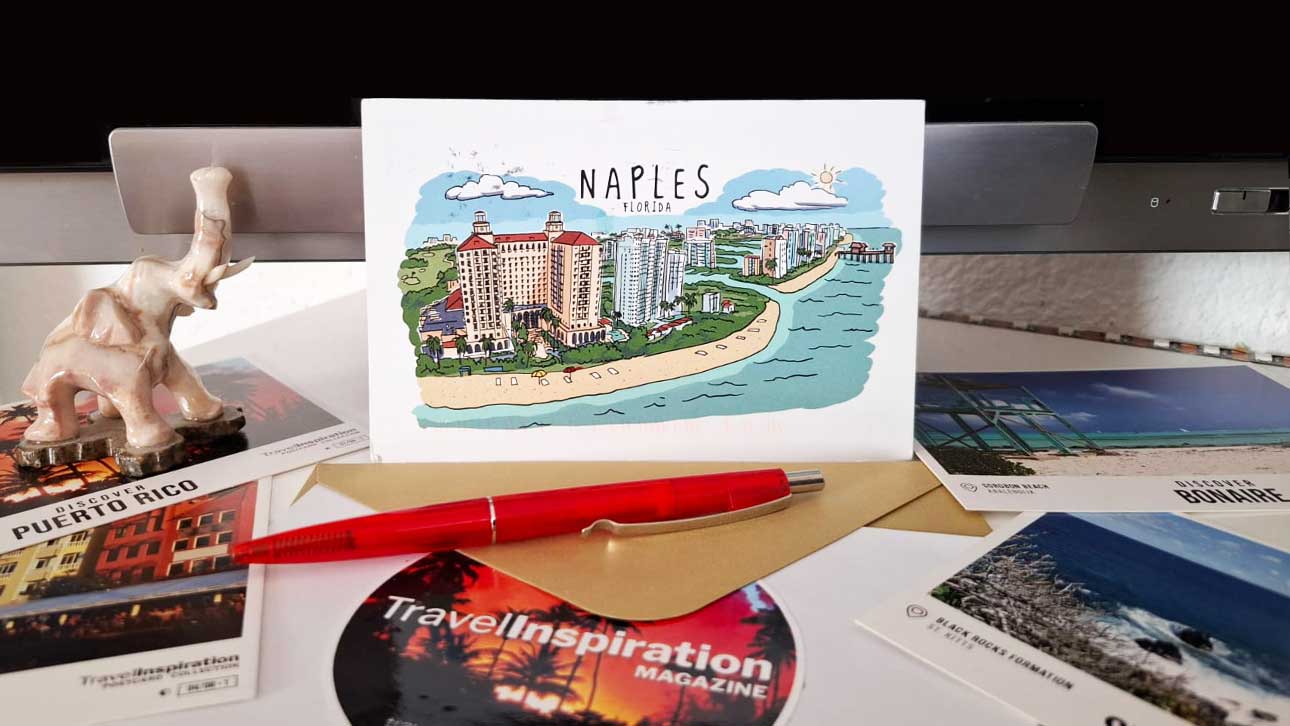
The Louvre Museum in Paris is an art lover’s paradise and one of the most visited museums in the world. Home to a staggering collection of over 35,000 artworks, its paintings draw millions of visitors each year. Let’s take a tour of the Louvre’s most famous masterpieces and discover the stories that have made these paintings enduring symbols of art, history, and human expression.
1. Mona Lisa by Leonardo da Vinci
Arguably the most famous painting in the world, Leonardo da Vinci's Mona Lisa has captivated audiences for centuries. This Renaissance portrait, housed in a climate-controlled glass case, portrays a woman with a mysterious smile, often thought to be Lisa Gherardini. Da Vinci’s use of sfumato, a technique that blends colors seamlessly, creates a lifelike quality that adds to the painting's enigmatic allure.
2. The Raft of the Medusa by Théodore Géricault
A monumental work of Romantic art, The Raft of the Medusa (1818-1819) by Théodore Géricault depicts the horrifying aftermath of the wreck of a French naval frigate. Géricault’s dramatic composition reflects both a daring artistic approach and a critique of political mismanagement.
3. Liberty Leading the People by Eugène Delacroix
Delacroix’s Liberty Leading the People (1830) commemorates the July Revolution of 1830. The painting portrays Liberty as a fearless, allegorical figure leading citizens with a tricolor flag. It’s a powerful symbol of freedom and unity among the people.
4. The Coronation of Napoleon by Jacques-Louis David
One of the Louvre’s grandest paintings, The Coronation of Napoleon (1807) by Jacques-Louis David captures the spectacle of Napoleon crowning himself Emperor in 1804. The painting embodies the drama, opulence, and symbolism of the Napoleonic era.
5. The Wedding at Cana by Paolo Veronese
The Wedding at Cana (1563) by Paolo Veronese is the largest painting in the Louvre, illustrating the Biblical scene of Christ’s first miracle. Veronese’s skill in portraying opulence and movement is evident in this vibrant scene with over a hundred figures.
6. Oath of the Horatii by Jacques-Louis David
David’s Oath of the Horatii (1784) is a powerful portrayal of loyalty and sacrifice. The painting’s composition, marked by symmetry and dramatic light, became a model for Neoclassical art, resonating with ideals of civic responsibility and virtue.
7. The Death of the Virgin by Caravaggio
One of Caravaggio's rare works outside of Italy, The Death of the Virgin (1606) is a dramatic Baroque painting with an intense use of shadow and light. Its raw realism and emotional intensity make it one of Caravaggio's most compelling works.
8. Gabrielle d'Estrées and One of Her Sisters by an Unknown Artist
This mysterious work, Gabrielle d'Estrées and One of Her Sisters (circa 1594), is a Renaissance painting that depicts Gabrielle d'Estrées, the mistress of King Henry IV of France. The intimate scene has invited curiosity and speculation, making it one of the Louvre’s more enigmatic works.
9. The Lacemaker by Johannes Vermeer
Vermeer’s The Lacemaker (circa 1669-1671) is a small but stunning portrayal of concentrated labor. The painting’s quiet beauty and meticulous realism make it a rare and prized example of Dutch genre painting, admired for its simplicity and Vermeer’s skillful handling of everyday life.
Final Reflections
The Louvre’s vast collection offers an unparalleled journey through artistic styles, historical events, and timeless human emotions. Each painting invites us to explore the artists' worldviews, their influences, and the legacies they left behind. These masterpieces are representations of artistic excellence and glimpses into values, struggles, and aspirations that have shaped history. For any art lover or curious traveler, a visit to the Louvre is an inspiring and unforgettable experience.
Did you enjoy this article?
If you love discovering inspiring stories and unique places, download our free app "Travel Inspiration Magazine" from Google Play! No annoying ads. No distractions. Just pure reading pleasure.
📲 Install from Google Play![Български [BG] Български [BG]](/media/mod_languages/images/bg_bg.gif)
![English [EN] English [EN]](/media/mod_languages/images/en_gb.gif)

